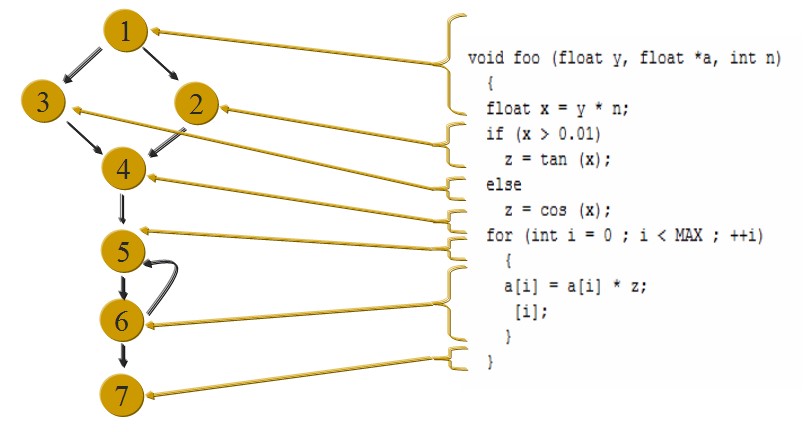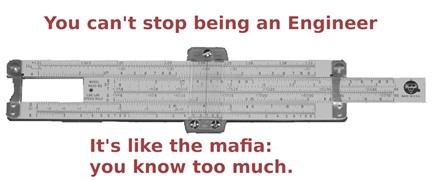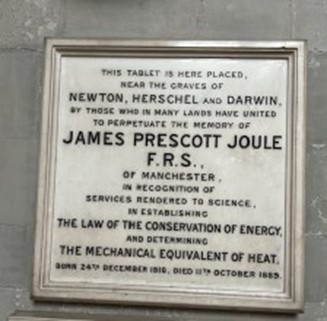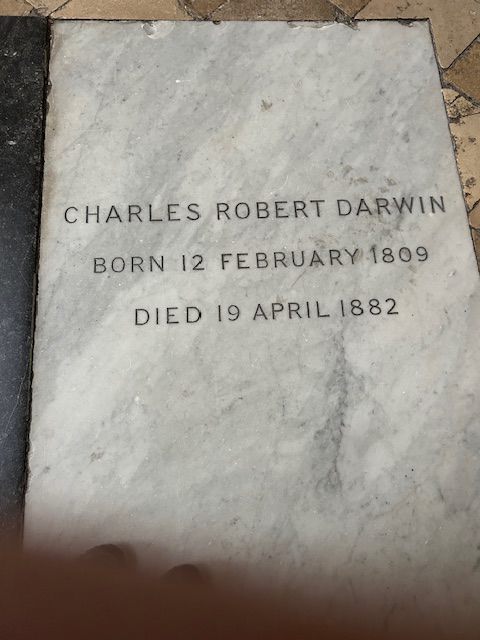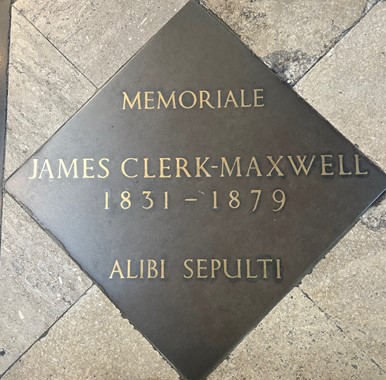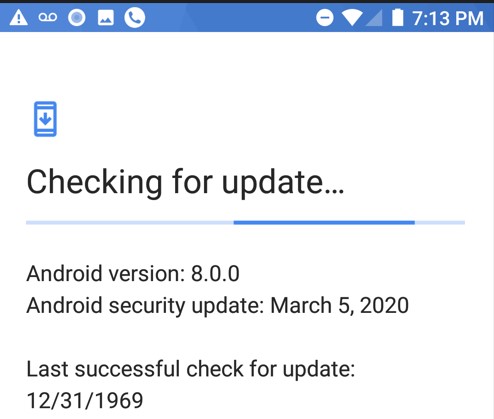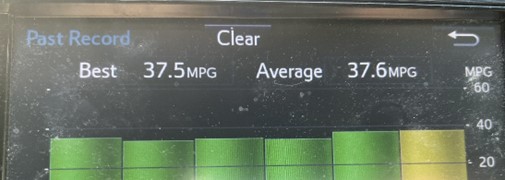|
||||
You may redistribute this newsletter for non-commercial purposes. For commercial use contact jack@ganssle.com. To subscribe or unsubscribe go here or drop Jack an email. |
||||
| Contents | ||||
| Editor's Notes | ||||
|
Tip for sending me email: My email filters are super aggressive and I no longer look at the spam mailbox. If you include the phrase "embedded" in the subject line your email will wend its weighty way to me. Happy New Year to everyone. 2024 marks 50 years since the introduction of Jonathan Titus's Mark-8, a machine based on the 8008 CPU. It's also the 50th anniversary of Xerox's PARC Alto machine, which pioneered many technologies, like the mouse and WYSISYG word processing. In the mainframe world, IBM came out with their 3850 mass storage system, which used almost 5000 tape cartridges, was 20 feet long, and stored 236 GB. Its cost must have been staggering. Yet today a 5TB drive is around $100. That year the Altair 8800, an 8080-based machine, went on sale. And CP/M was introduced. |
||||
| Quotes and Thoughts | ||||
|
||||
| Tools and Tips | ||||
|
Please submit clever ideas or thoughts about tools, techniques and resources you love or hate. Here are the tool reviews submitted in the past. |
||||
| On Testing | ||||
Few people bother to measure anything in the firmware world, which is a shame. For this to be engineering we need to apply known principles, measure the results, and use that data to improve our systems. For instance, is there a metric that tells us anything about how many tests we should do on a particular function? There are several answers that give varying levels of precision. To validate code to the highest safety critical standards (like DO-178C level A) one how to prove that every possible condition and decision has been tested. That's expensive, and few working with less important systems have the time. But there are other, less onerous, metrics that are useful, if imperfect. For instance, Tom McCabe invented the notion of cyclomatic complexity. That's an integer that represents the complexity of a function (not of the program; it's measured on a per-function basis). It's a simple notion: cyclomatic complexity (for some reason always expressed as v(G)) is the number of paths through a function. A routine with 20 assignment statements has a complexity of 1. Add a simple if statement and it increments to two. A more formal definition uses the concept of "nodes" and "edges." A node is one direction the code can go. An edge is the connection between nodes. V(G) is: v(G) = edges – nodes + 2 It's easier to visualize this graphically. Each of the circles in the following diagram is a node; the arrows connecting them are edges: Running the math (or tracing the paths through the code) and we see that v(G) is 3. The complexity is the minimum number of tests one must run in order to insure a function is fully tested. In this example, two tests are provably insufficient. In other words, cyclomatic complexity is a metric that gives us a lower bound on the efficacy of the test regime. It says nothing about the maximum number needed, which may be a lot higher for complex conditions. But at least it gives us a bound, a sanity check to insure our tests don't fall below the minimum needed. One way to address this is to make a table of all possible paths, which for this example looks like (the numbers are the nodes from the previous diagram that the code flows through):
Tools will automatically do this for you; some will even create the edge/node diagram and, based on that, emit the C code needed to do the testing (Examples include those from LDRA and Parasoft). Isn't it amazing that, given that it's so hard - and expensive - to get testing right, that so few developers use these tools? Sure, the tools cost money. Let's do the math. Suppose a system has 100 KLOC. If the developers follow the rules and limit functions to a page of code in length - let’s say 50 lines - that's at least 2000 functions. Most pundits recommend limiting the complexity of a function to somewhere between 10 and 15. To be conservative we'll assume the average complexity is 5. That means we need at least 10,000 tests. In the US the loaded cost of an engineer is $200k/year or more. That means the engineer costs his company $100/hour or $1.25/minute. If we have a Spock-like programmer who can create the diagram above, parse it, figure out a test, code it, get it to compile correctly, link, load and run the test in just one minute, and sustain that effort for 10,000 minutes (166 hours, or a work-month) without even a bathroom break, those tests cost $15K. The tools start to look pretty darn cheap. Alternatively, if you don’t use the tools and construct the graphs manually, then you're forced to really look at the code. And in the example above there are at least two bugs that quickly become apparent. So the quality goes up before testing begins. (Of course, there are plenty of tools that would identify those bugs, too). |
||||
| Born or Made? | ||||
Responding to an article in the last Muse, Vlad Z wrote:
Now that I'm retired (mostly) I wonder which is more correct: I'm a retired engineer, or I'm an engineer. I prefer the latter as it expresses something fundamental. Vlad told me he has a tee-shirt with this image: |
||||
| On The Shoulders of Giants | ||||
Many newspapers end the year with a retrospective about those we lost in the preceding twelve months. I was going to do something sort of like that in the last Muse... but forgot. Our unexpected diversion to Europe this summer led us to Westminster Cathedral, where we visited with the departed giants who shaped our world: Newton - the grandest of monuments for one of the giants of all time. |
||||
| Failure of the Week | ||||
From Tom Kunz: John Flick and Terrence Darwen sent this: Have you submitted a Failure of the Week? I'm getting a ton of these and yours was added to the queue. |
||||
| Jobs! | ||||
Let me know if you’re hiring embedded engineers. No recruiters please, and I reserve the right to edit ads to fit the format and intent of this newsletter. Please keep it to 100 words. There is no charge for a job ad.
|
||||
| Joke For The Week | ||||
These jokes are archived here. PICNIC - Problem In Chair, Not In Computer (AKA: There's a screw loose somewhere between the computer and the chair) |
||||
| About The Embedded Muse | ||||
The Embedded Muse is Jack Ganssle's newsletter. Send complaints, comments, and contributions to me at jack@ganssle.com. The Embedded Muse is supported by The Ganssle Group, whose mission is to help embedded folks get better products to market faster. |






